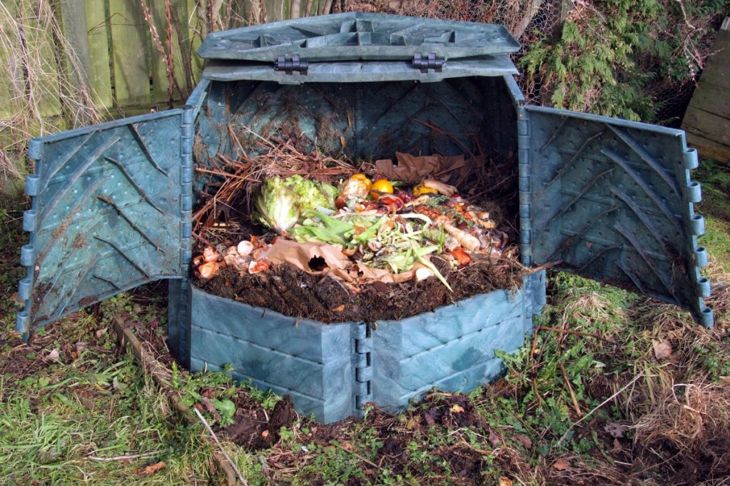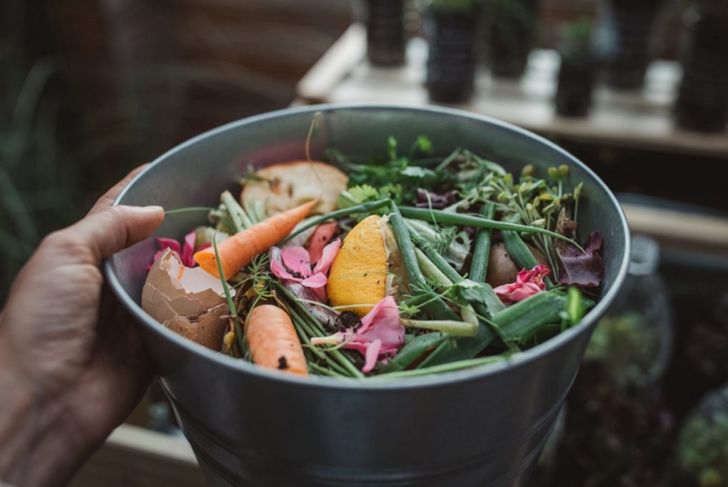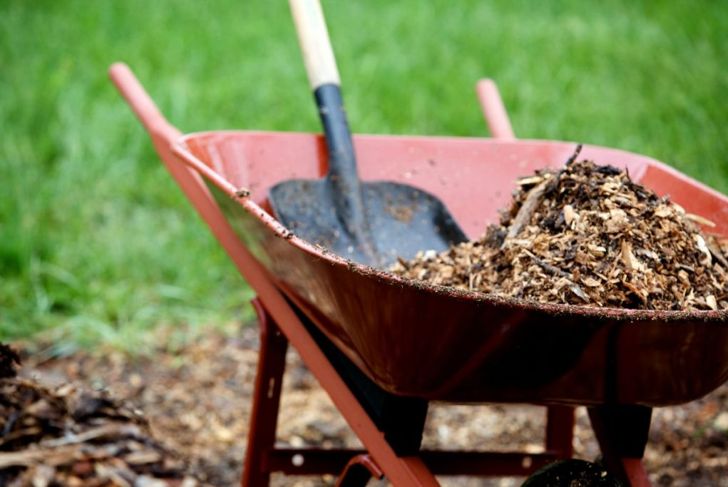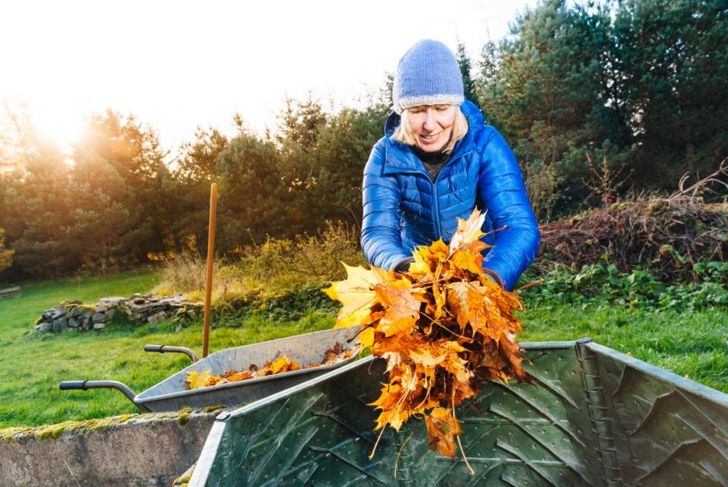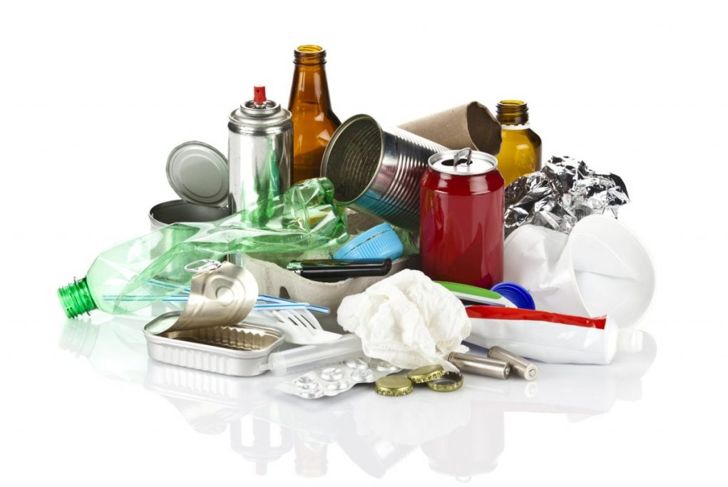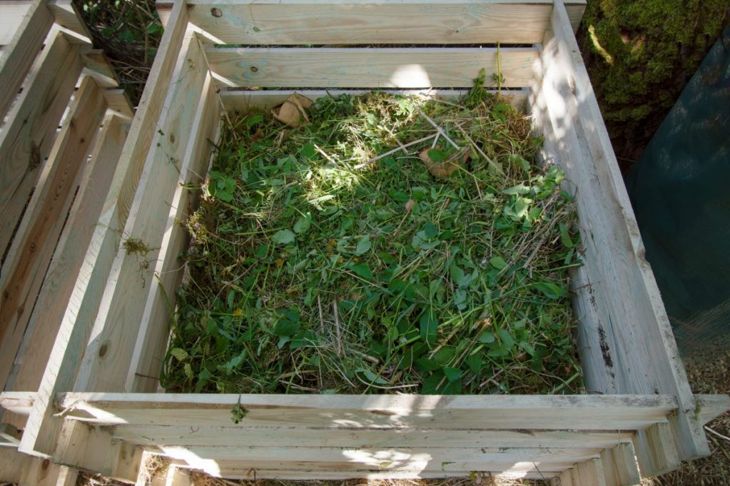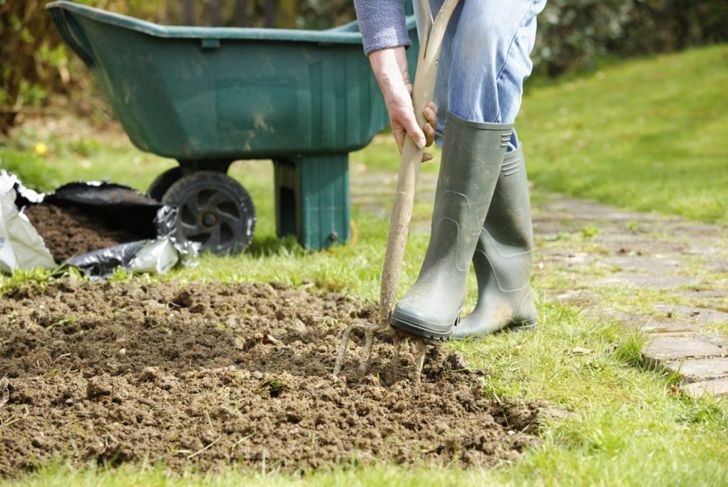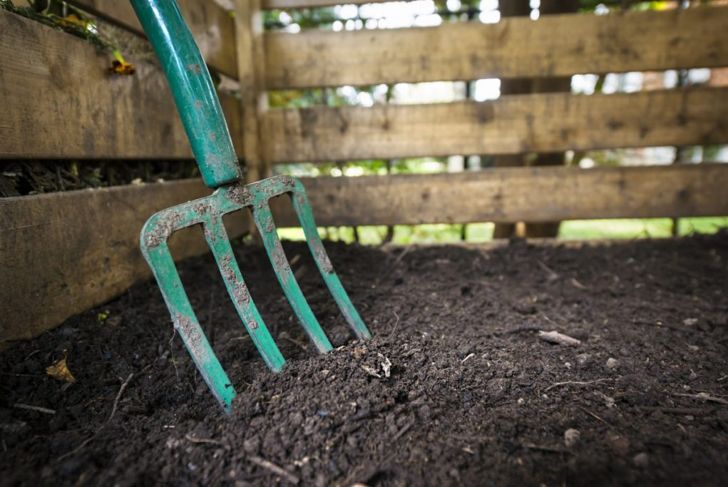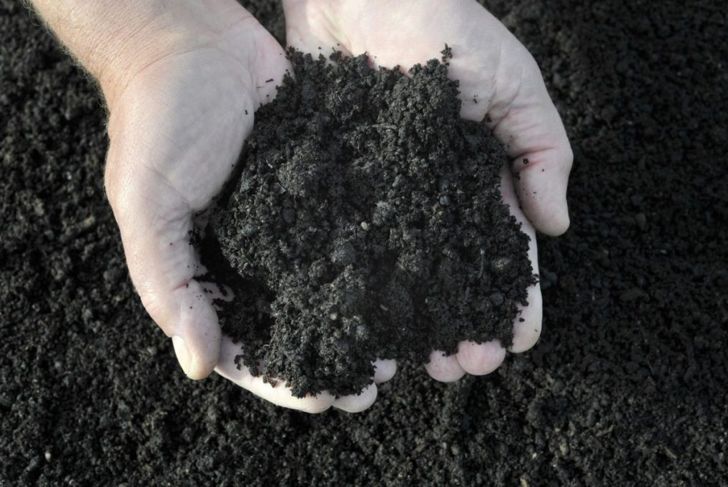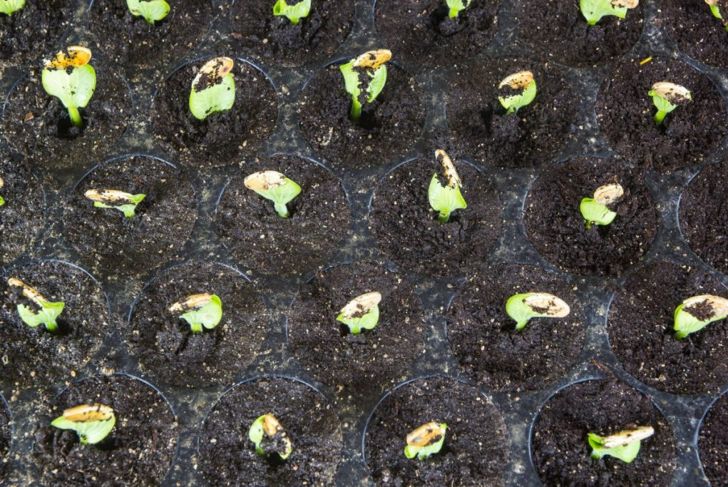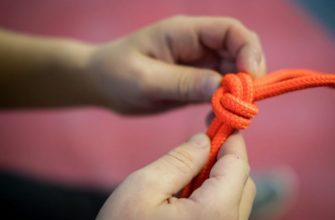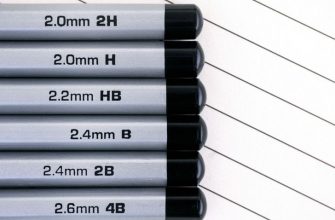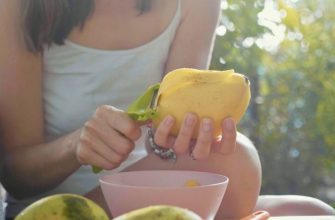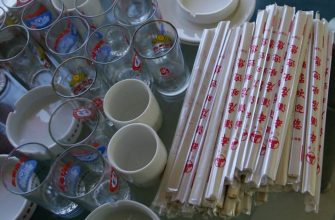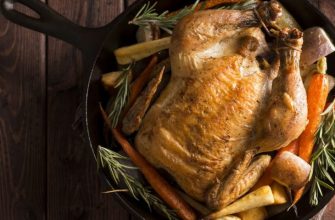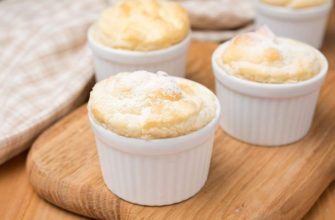Compost consists of decomposed organic substances. The microbes that break down fallen leaves, deceased animals, or dead trees in nature also create compost. Decomposition produces fertile, soft, dark soil that maintains forests and other plant life. A lawn or personal garden thrives on compost too.Composting drastically reduces food and other organic wastes. Approximately 700 pounds of waste per household turns into compost instead of trash each year. Composting is good for the environment and provides rich fertilizer to grow large, healthy produce or beautiful flowers.
Composting Site and Bins
Composting requires at least 3 square feet of outdoor space. The site should be flat with good drainage. Remove grass and weeds and turn the soil to about 8-inches. Place the compost bin directly on soil so earthworms and microorganisms can reach the compost. A closed compost bin controls odors and helps the aesthetics of a patio or lawn. Surround the bin with chicken wire to keep wildlife or dogs out of the compost.
Wet Green Compost Materials
Wet green compost materials contain nitrogen for soil and amino acids that supply protein for microbes. Grass clippings are very high in nitrogen and work well between layers in a compost pile. Horse, cow, chicken, rabbit, and goat manure contain nitrogen and many other nutrients. Bat manure, or guano, is packed with nutrients too, and some farmers claim guano is the best possible fertilizer. Additional green compost materials include fruit or vegetable scraps, coffee grounds, and paper filters, plants and plant cuttings, flower tops, and seaweed.
Dry Brown Compost Materials
Dry, brown compost materials are high in carbon and provide energy for compost microbes. Brown materials include fallen leaves, shredded tree branches, hay, straw, tea, and tea bags, and wood shavings or sawdust from untreated wood. Shred paper, newspaper, or tissues and break cardboard into small pieces for compost. Glossy or heavily dyed papers are not good composting materials because they have too many additives and chemicals. Eggshells contain high levels of calcium and enrich compost. Straw is a good choice for clay soil because it decomposes slowly. The straw particle help keep clay soil aerated.
Tree Leaves Compost
Tree leaves with exceptionally high levels of nutrients include ash, poplar, maple, and willow. Whole leaves can be composted, but shredded leaves decompose faster. Avoid walnut leaves because they interfere with plant growth. Oak leaves are acidic and contain high tannin levels. Compost oak leaves separately and use their compost for strawberries, blueberries, azaleas, and other plants or flowers that need acidic soil.
Materials to Avoid
Do not put dog, cat, pig, or human manure in compost because the feces might contain parasites or bacteria that cause illness. Inorganic materials such as plastic, metal, glass, ceramic, used cat litter, particleboard, and plywood can not be composted. Avoid meat, bones, poultry, fish, whole eggs, fats, grease, and oils because they create foul odors, encourage the growth of harmful bacteria, and attract animals or bugs. Make sure sawdust or wood chips are not from pressure treated or chemically preserved wood. Pressure-treated wood usually has a recognizable greenish tint and may contain arsenic.
Making a Compost Pile
Form the bottom layer of the compost pike with 4-inches of twigs, hay or straw. Place a 4-inch layer of brown materials on top of the first layer, and cover the second layer with a thin coat of garden soil. The garden soil introduces the necessary bacteria to start decomposition. Add a 4-inch layer of green materials on top of the soil, and sprinkle activators over the green layer. Activators provide protein and nitrogen for bacteria. The activator layer can be alfalfa meal, fresh manure, high-protein dry dog food, or bone, blood, or cottonseed meal. Add more layers in the same pattern until the compost bin is full.
Turning Compost
The internal temperature in the compost bin reaches 140° F within the first 7-10 days. The internal temperature is hot enough to kill weed seeds and pathogenic bacteria when it reaches 160° F. The bacteria necessary for decomposition start dying off at this stage because most of the air in the pile is gone. The pile cools after the bacteria die off, which is the signal to start turning the compost. A compost thermometer measures exact temperatures to avoid guesswork.
Aeration
Turning can be done with a shovel, rake, or special aeration tool. Move the drier edges of the compost pile in towards the center and break up clumps of matter. Add a small amount of water if any materials seem too dry. The pile should be turned every 14 days, or when the temperature is between 110° – 120° F. Compost matures faster with frequent aeration and moisture adjustment. Additionally, tumbling composters sold by several manufacturers aerate compost automatically.
Moisture Content
The optimal moisture content of an active compost pile is 50-60%. A technical method to measure moisture content involves weighing a sample of the compost and letting it dry out completely. Weigh the dried sample, subtract the dry weight from the wet weight, and divide the calculated weight by 100 to get the moisture content percentage.Squeezing a handful of compost is a simpler method. The compost is too wet if water squeezes out, and it is too dry if it crumbles apart. The moisture content is acceptable if the compost retains its shape without releasing water.
Ready-to-Use Compost
Compost is ready to use when it no longer produces heat. Mature compost is dark brown with a soft consistency. Place a handful of compost in a sealed plastic bag and let it sit for a day as a simple test for maturity. The compost should smell like earth and soil when the bag is opened. The compost is not ready if it has a foul odor or hints of ammonia.Many gardeners make compost tea with freshly matured compost. Place a chunk of finished compost in a bucket of water and let it steep for five days. Strain the water through cheesecloth into another bucket. The water is full of nutrients and functions as liquid fertilizer.

 Home
Home Health
Health Diet & Nutrition
Diet & Nutrition Living Well
Living Well More
More